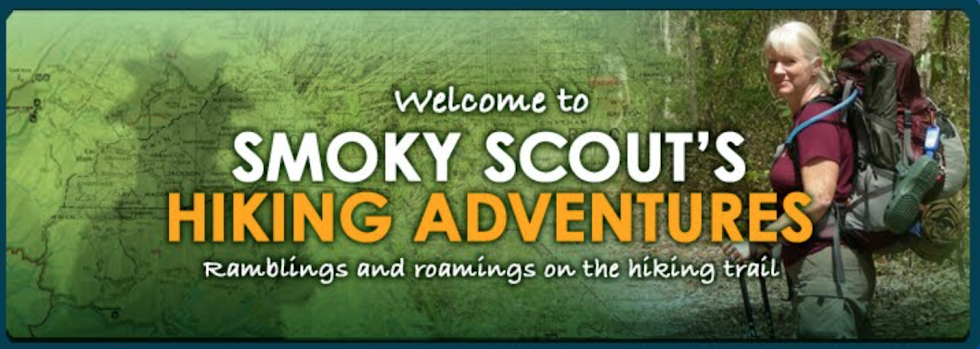Colorado 2022: Great Sand Dunes National Park & Preserve - 8/8/22 – 2.5 miles
A cup of coffee, a wave goodbye to the little trolley and we hit the road. In my head I divide long drives into parts: Phase I was southbound on I-25, then a left onto Highway 160 at Walsenburg. As the miles clicked by, I referred to the paper map folded on my lap, taking in Colorado’s split personality: dusty desert flatlands to the east, 14’ers to the south and west. Not all the mountains were named on my map, but I played at identifying a few.
Driving west on Highway 160, the pointy peak of Silver Mountain stands out at 10,525 feet. She is soon eclipsed by her bigger sisters of the Sangre de Cristo Mountains. [Note: there are numerous Silver Mountains in CO; this one is in Huerfano County.]
Read here about conservation efforts on working cattle and bison ranches for Silver Mountain Preserve.
At another right turn onto Hwy 150, we were looking straight at Great Sand Dunes National Park & Preserve, still 10 miles away. More Sangre de Cristo Mountains as a backdrop to a thin line of sand at the base that grew and grew as we approached – 330 square miles of SAND. These are the tallest dunes in North America.
The park is open 24/7 (the Visitor Center has varying hours). Frontcountry campsites are available in the park and backcountry sites accessed via primitive roads (check for 4WD requirements). Special sand wheelchairs can be reserved at the Visitor Center. Learn more here.
We stopped at the VC first to buy cheap sunglasses and fill up with water. (Always have plenty of water, the sun is hot and hiking in sand is hard work!) The vivid blue sky and white puffy clouds beckoned, but we knew not to be fooled, that thunderstorms come up fast and frequently on hot afternoons.
Surprise – we have to cross Medano Creek to get to the dunes! The braided creekbed (meaning a network of channels instead of one big flow) is usually dry in late summer, but she was flowing today. There was no chance of hopping small channels to keep our feet dry, so we took off socks and shoes to wade.
I was nervous about hiking the dunes. With elevation starting at 8,200 feet, I doubted my lung capacity and endurance, so I wouldn’t commit to a goal of time or distance. And there are no trails on the dunes, just make your own path. I wasn’t tempted to hike miles to the highest dunes (Star Dune and Hidden Dune). Hint: you can’t see them from Medano Creek). I just wanted to walk until I decided to turn back. [Read more here about hiking in GSRA.]
Most visitors didn’t venture too far beyond the river. The crowds were soon behind us, some valiant souls ahead of us. We followed footprints ascending the dunes, choosing our way from crest line to crest line. It was lung-busting at times, but I walked slowly and intentionally. I was very glad for my Walmart hiking poles! Jim left his in the car.
If hiking isn’t enough, sand boards can be rented from the VC to haul up the dunes and (hopefully) slide back down. We saw a couple of folks getting the hang of it on slippery dry sand, but most people were having trouble where the sand was damp.
Walking up the dunes was challenging, running down them was great fun. Standing still to take it all in was humbling. All in all, I hiked higher and longer than I thought I would and enjoyed it more than anticipated. With a few rest stops and photo ops, it took 3 hours to go 2.5 miles round trip.
We spent half a day at GRSA, but I’d recommend at least an overnight as there is more to do than just walk on the dunes, such as searching for wildlife and hiking forested trails up into the mountains. This is an International Dark Sky Park so spending a night lying on the sand is on my “return” list! If time allows, the Baca National Wildlife Refuge is next door for more exploration.
Note: Jim kept his boots on to cross back over Medano Creek. Tomorrow he will wish he hadn't.
We’re not done driving yet. Phase II was a two-hour drive on Highway 160 to our one-night stay in Pagosa Springs. Highway 160 famously climbs up and over Wolf Creek Pass, the Continental Divide in the San Juan Mountains. Beautiful alpine forest on all sides, broken up by devastating swaths of tree trunks killed by bark beetles. The steep mountain pass tops out at 10,857 feet.
What could have been an awe-inspiring scenic drive was dampened (literally) as a powerful thunderstorm pursued us. Jim gripped the steering wheel and powered through. We were both glad to arrive in Pagosa Springs, later than planned, no time at all to look around the town. We just wanted to get cleaned up and get food. Our Airbnb was further out of town than I expected, adding to the stress of the long drive. Rather than guessing at a good place to eat, I texted our host, who suggested the local favorite Mexican restaurant, Chavolo’s.
“Faith is taking the first step even when
you don't see the whole staircase.”
~Martin Luther King, Jr.















No comments:
Post a Comment